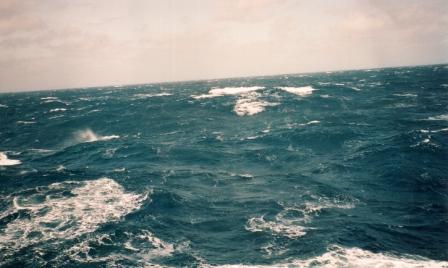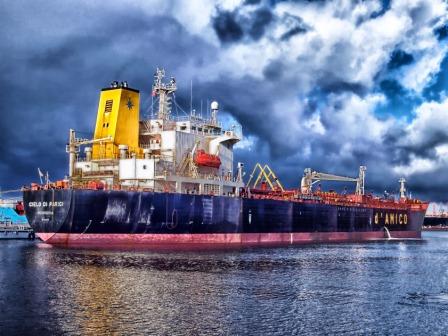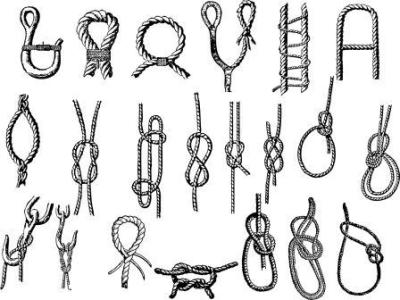Before the arrival of heavy weather ensure the following:
1.All departments are informed that you expect bad weather and the approximate time.
2.All loose and movable objects in the accommodation, deck stores, mast-houses and under-deck stores has been secured.
3.Confirm with the engine room that all equipment, stores, and machinery are all secured.
4.Rig lifelines (Safety lines) fore and aft.
5.Check the following: anchors, lifeboats, and lashings of any deck cargo.
6.Close all ventilation. If this ship has any cowl ventilators – remove them.
7.Check the stability of the ship. Ensure that as far as possible there are no slack tanks.
8.Secure derricks, cranes, hatch covers and hold entrances.
9.Clear surplus gear from decks.
10.All portholes and dead-lights on upper deck and decks below have been closed and bolted tight.
11.Slacken off signal halyards and another relevant cordage.
12.Check all eductor valves and overboard discharge valves have been closed and checked.
13.All mooring ropes on the mooring winches have been secured and covered.
14.All gangways have been secured and gangway motors covered with canvas covers.
15.Special attention should be paid to securing paint, lubricant, and chemical stores.
16.When in ballast, ensure that the heavy weather ballast hold is completely filled.
17.Record all preparations made in the deck log book.
18.Monitor weather frequently tries and receive weather reports from all available sources such as weather fax and Navtex.
19.After consultation with master, draft, trim, GM, ship’s course and speed need to be adjusted for better handling of the ship in heavy weather.
Understanding the ship’s behavior in heavy weather
Depending on her construction, GM, state of loading and other factors every ship will respond differently in heavy weather.
Ø A large GM will make the ship stiff, that gives her a short period of a roll and subsequent damage may be sustained by rapid rolling.
Ø A small GM will make the ship tender, that is she will have a long slow roll motion.
These two conditions are usually a result of incorrect loading or ballasting and should be avoided. There should be a “happy medium” between these two situations.
Handling ships in heavy weather:
This topic is beyond the scope of the cadet but a general idea is given here. Successful handling of any ship will be dependent on the circumstances of the time and the characteristics of the ship in question. Draft, state of loading, superstructure, turning circles will all influence decisions taken for the safety of the ship.
Some of the options available to the master are:-
1) Head into the sea, or steam with the wind and sea fine on the bow, running at reduced speed.
2) Stern to sea, at reduced speed, running before the wind.
3) Heaving to, preferably in the lee of a landmass to allow the weather to pass.
4) Anchoring, depending on the depth of the water.
5) Altering course in plenty of time to take evasive action away from the adverse weather.
Which one of these is best suited will depend on the circumstances and on the experience of the master with his ship.





Really nice article….!